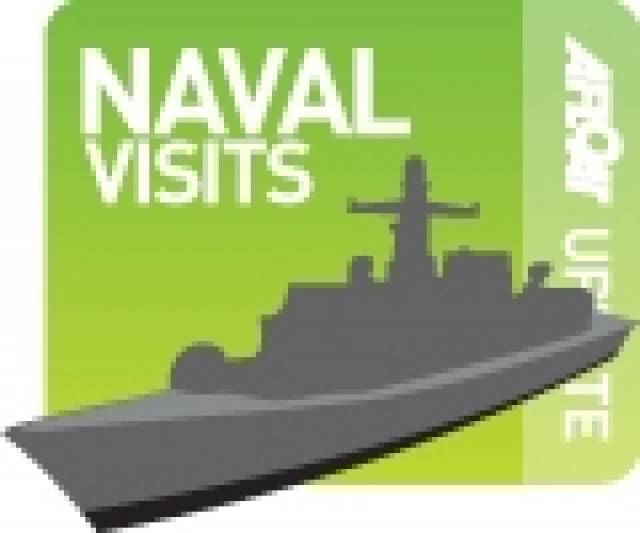#AircraftCarrier- HMS Illustrious (R06) the Royal Navy's helicopter commando carrier is due to arrive in Liverpool on St. Valentine's Day and be open to the public next weekend (16-17 February), as part of a five-day call, writes Jehan Ashmore.
For more than three decades the former aircraft-carrier (equipped with Harrier jump-jets) has served the Royal Navy, however she is to pay-off in 2014, to make way for next generation aircraft-carriers.
Affectionately known as 'Lusty' to her crew, she is due berth alongside Liverpool Cruise Liner Terminal tomorrow at around 2pm, opposite the famous Liverpool waterfront skyline. There will be free public tours during Saturday and Sunday (10am – 4pm) noting the latest time to board is 3pm.
She forms as one of four core ships of the Royal Navy's amphibious fleet, they are the helicopter carriers HMS Ocean and assault ships HMS Albion and Bulwark, the latter is the flagship.
HMS Illustrious current role is as a High Readiness Helicopter and Commando Carrier and she is the last of the 'Invincible' class aircraft carriers commissioned for the Royal Navy during the 1970's.
As previously mentioned, the class were of course equipped with the revolutionary 'Harrier II' jump-jet VSTOL aircraft built by British Aerospace/McDonnell Douglas for the RAF, until these aircraft were retired in 2010. These days she conveys a range of helicopters, Merlin, Sea King, Apaches and Lynx for the Royal Marine Commandos.
Her sisters, the decommissioned leadship HMS Invincible (RO5) was scrapped in 2005 and HMS Ark Royal (R07), the final of the class launched in 1981 made a farewell tour around Britain in 2011. Last year it was announced that she too would be scrapped.































































